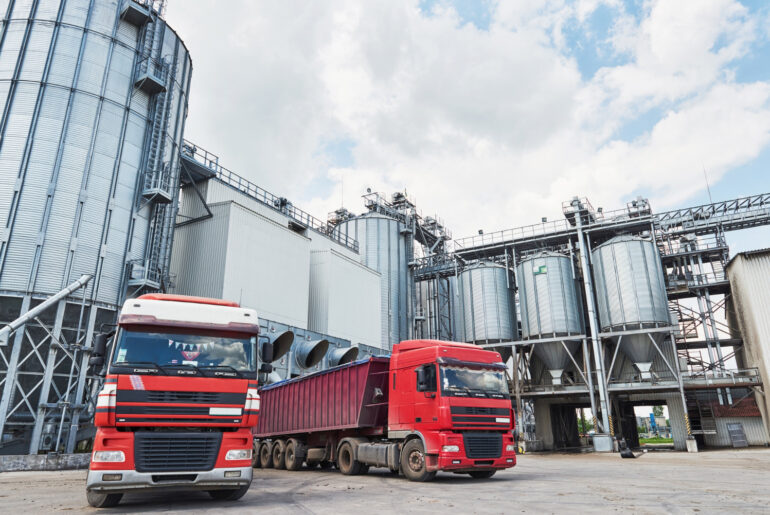
- 419 views
By Premier Fuel
Table of Contents
Introduction: Enhancing Efficiency in Fuel Distribution
Fuel distribution networks play a crucial role in ensuring the smooth and efficient transportation of fuel from refineries to end-users. To maximize efficiency and minimize operational costs, fuel distributors need to implement strategic optimization measures across their distribution networks. :
1. Demand Forecasting and Inventory Management
Accurate demand forecasting is essential for optimizing fuel distribution networks. By leveraging historical data, market trends, and predictive analytics, fuel distributors can anticipate demand fluctuations and adjust inventory levels accordingly, reducing the risk of stockouts or excess inventory.
2. Route Optimization
Efficient route planning is critical for minimizing transportation costs and reducing delivery times. Utilizing advanced routing software and GPS tracking systems, fuel distributors can optimize delivery routes, minimize fuel consumption, and improve fleet productivity.
3. Infrastructure Investment
Investing in the infrastructure of fuel distribution networks is essential for enhancing operational efficiency and reliability. Upgrading storage facilities, pipelines, terminals, and loading/unloading equipment can improve throughput capacity, reduce turnaround times, and ensure seamless fuel transportation.
4. Technology Integration
Integrating advanced technologies such as Internet of Things (IoT), telematics, and automation into fuel distribution operations can streamline processes and improve overall efficiency. Remote monitoring systems allow for real-time tracking of fuel inventories, equipment performance, and fleet movements, enabling proactive management and timely interventions.
5. Supplier Collaboration
Collaborating closely with fuel suppliers and partners is crucial for optimizing fuel distribution networks. Establishing strategic partnerships, sharing data insights, and coordinating logistics can lead to better supply chain visibility, improved coordination, and enhanced operational efficiency.
6. Regulatory Compliance
Compliance with regulatory requirements governing fuel distribution is paramount. Fuel distributors must stay updated on relevant regulations related to fuel quality, safety, and environmental standards, ensuring adherence to legal obligations and minimizing the risk of penalties or sanctions.
7. Continuous Improvement and Innovation
Embracing a culture of continuous improvement and innovation is key to optimizing fuel distribution networks. By soliciting feedback from stakeholders, investing in research and development, and adopting best practices from other industries, fuel distributors can identify opportunities for optimization and drive continuous enhancement in their operations.
Conclusion: Driving Efficiency and Reliability
Implementing these seven key strategies can help fuel distributors optimize their distribution networks, enhance operational efficiency, and ensure reliable fuel supply to customers. By leveraging technology, fostering collaboration, and embracing innovation, fuel distributors can navigate the challenges of the industry landscape and thrive in an increasingly competitive market.
Related articles and news
 diesel
diesel The Impact of Technology on Diesel Supply Chain Management
The diesel supply chain has undergone significant transformations due to advancements in technology. In 2024, these changes are more apparent than eve …
Read more



